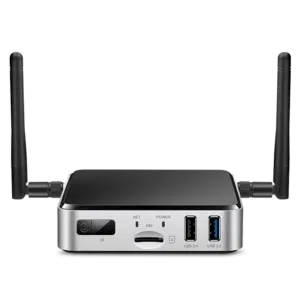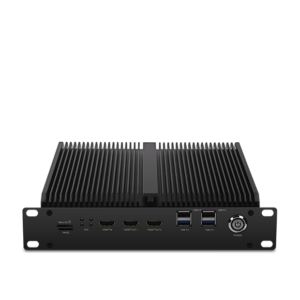The Influence of Working AI on Side Devices
The Influence of Working AI on Side Devices
Blog Article
AI on Edge Units vs. Cloud AI: Pros and Cons
Real-World Applications of AI on Edge Products
Artificial intelligence (AI) is no more confined to the world of large, centralized data centers. As a result of breakthroughs in technology, edge devices today enjoy a vital role in deploying AI straight wherever knowledge is generated. But what does AI on edge units suggest, and exactly why is it making such a buzz? Here, we'll discover how ai on edge devices works in real life through edge devices and reveal their wide selection of sensible applications.

What's AI on Edge Products?
AI on side products identifies deploying synthetic intelligence algorithms entirely on devices like smartphones, cameras, drones, or IoT sensors. These units do not require usage of centralized servers for handling knowledge; as an alternative, they conduct analysis and choices domestically, creating the process faster, better, and usually more secure.
The "edge" here merely refers to research done close to or at the foundation of information technology, rather than depending on the cloud. That shift is driven by the needs for real-time data control and the necessity to minimize latency, improve privacy, and lower bandwidth usage.
Crucial Real-World Programs of Side AI
1. Wise Monitoring
AI-powered cameras equipped with skin acceptance, motion recognition, and anomaly recognition are transforming monitoring systems. Edge units in that domain may analyze movie streams in real-time to spot dubious activities, remove fake alarms, and improve public safety. As an example, AI formulas may detect unusual actions and alert authorities instantly without the necessity to deliver video data to a main host for analysis.
2. Healthcare Checking
Wearable units and portable medical equipment are leveraging m.2 ai accelerator for managing wellness information more efficiently. Edge-based AI in products like health trackers and smartwatches displays users' vitals, such as for example heart rate, oxygen levels, or blood stress, in real-time. These systems analyze data domestically and give instantaneous feedback, paving just how for quicker treatment all through emergencies.
Beyond wearables, advanced medical imaging products built with on-device AI may find signs of conditions like cancer, permitting earlier diagnoses even in rural places without web connectivity.
3. Autonomous Vehicles
Self-driving vehicles are among probably the most well-known examples of edge AI in action. With sensors, cameras, and LiDAR techniques serving as knowledge places, AI computations get place onboard these vehicles to make split-second decisions. From finding pedestrians and limitations to navigating city roads, side AI ensures that the automobile operates reliably and efficiently. The real-time handling capability of side products eliminates the dependence on high-latency cloud programs, ensuring safety in life-critical scenarios.
4. Retail Analytics
Side products in retail settings are supporting firms analyze client behavior. Intelligent racks and AI-equipped cameras may discover client tastes, monitor inventory, and actually modify in-store activities in actual time. The data generated from these units assists shops produce knowledgeable decisions, increase customer satisfaction, and optimize supply management.

5. Professional IoT
Factories and commercial flowers are adopting edge AI to revolutionize their monitoring and automation processes. AI-powered detectors on equipment find potential problems long before they lead to expensive failures. Predictive maintenance driven by edge AI reduces downtime, increases production, and guarantees protection on the production floor.
6. Customized Activities in Client Products
Your smartphone is a primary exemplory instance of how side AI personalizes individual experiences. Features such as for instance voice assistants, flexible camera settings, and on-device language translation use real-time AI to answer consumer needs without giving painful and sensitive data to external servers. That fosters both convenience and privacy for the finish user.
The Rising Impact of Edge AI
The ownership of AI on side devices remains to spike, driven by industries' raising need for low-latency, real-time processing, and better information privacy. Its purposes are reshaping industries ranging from healthcare and automotive to community security and retail. By adding AI's energy closer to where knowledge is developed, edge devices aren't just improving efficiency but also demonstrating the countless possible of creativity in the current linked world. Report this page